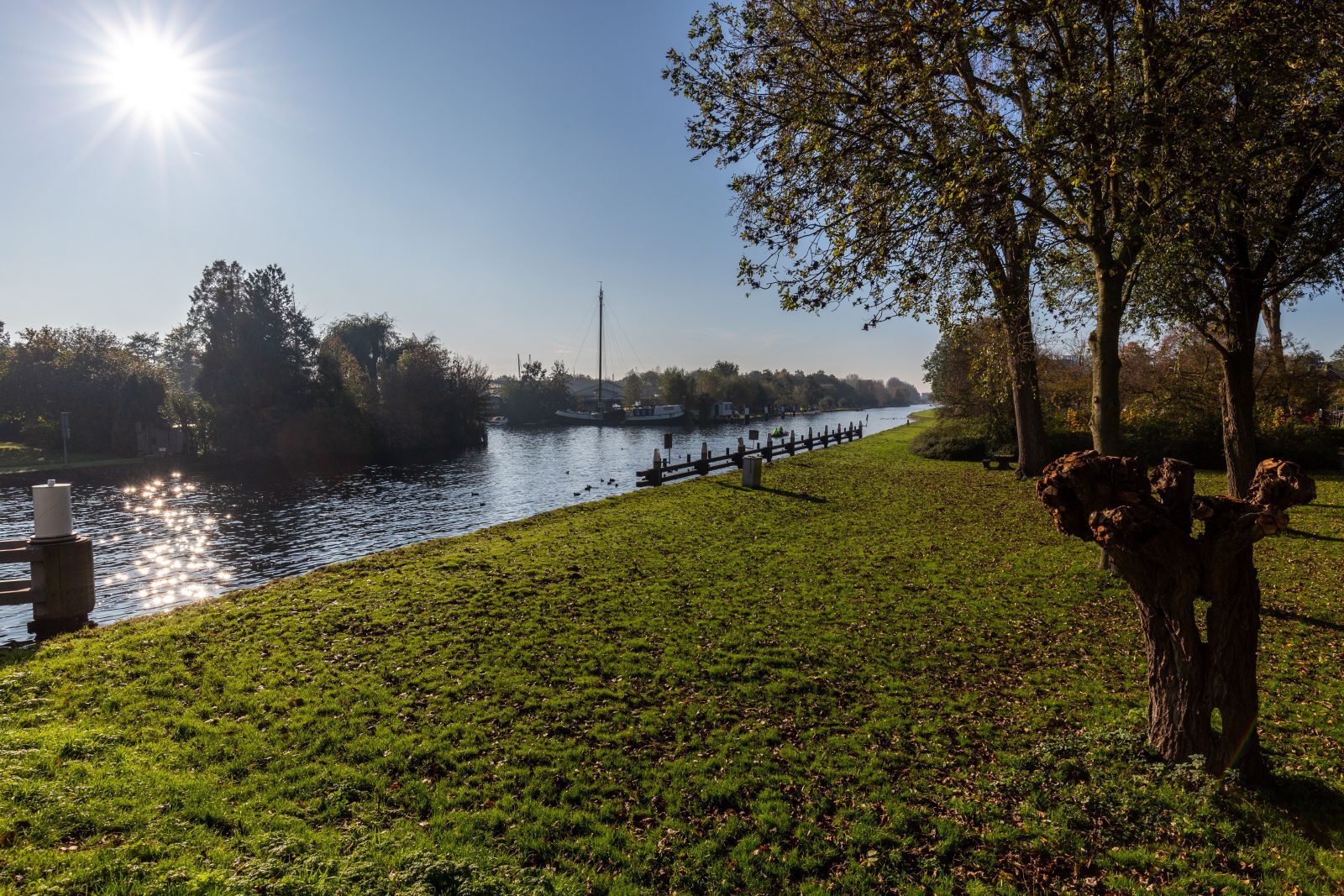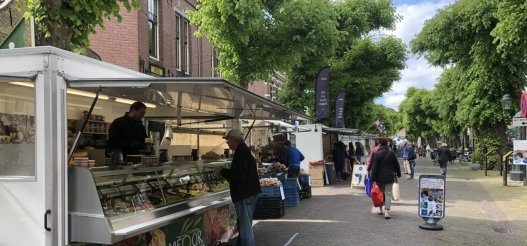
Limes – Corbulo Canal
Limes is a UNESCO World Heritage Site
The Netherlands has a world-class icon. Since July 2021, the Lower Germanic Limes has the status of an UNESCO World Heritage. It is a worldwide recognition of the unique and universal value of our part of the Limes, represented by a total of 19 archaeological sites from Roman times, spread over the provinces of Gelderland, Utrecht and South Holland.
Largest Archaeological Monument
The Limes was the outer border of the Roman Empire 2000 years ago. In the second century AD. was the Roman Empire at its largest, encompassing parts of Europe, the Middle East and North Africa. It was surrounded by an ingenious border system over 7500 kilometers long. In the Netherlands, the Limes ran along the Rhine River. The Rhine formed a natural border and on its southern banks the Romans built army camps, watchtowers, roads and waterworks. Local communities settled in the vicinity, traded or went into battle. Roman soldiers were present in the Netherlands for more than 400 years. This period saw times of peace and struggle. The border was also a place of exchange of knowledge and culture. The Limes has left an archaeological treasure in our soil: special utensils such as jewelry and glassware, ships, remains of fortresses, but also weapons and tools. The Limes is the largest archaeological monument in the Netherlands.
The Canal of Corbulo (Latin: Fossa Corbulonis, also called Canal of Corbulo or Corbulogracht) is a canal around 50 AD. dug Roman canal in South Holland that connected the estuaries of the Maas and Rhine in the Dutch delta. Parts of the canal remained in use until about AD 270. Next to the canal a military road was built, both were part of the Lower Germanic limes The Roman historian Tacitus writes the following about the Canal of Corbulo (Annales XI,20) :
"Ut tamen miles otium exueret, inter Mosam Rhenumque trium et viginti milium spatio fossam perduxit, qua incerta Oceani vitarentur."
"To keep his soldiers occupied, he [Corbulo] dug a 23-mile canal between the Meuse and the Rhine, so as to avoid the dangers of the ocean."
See more:
- Limes












